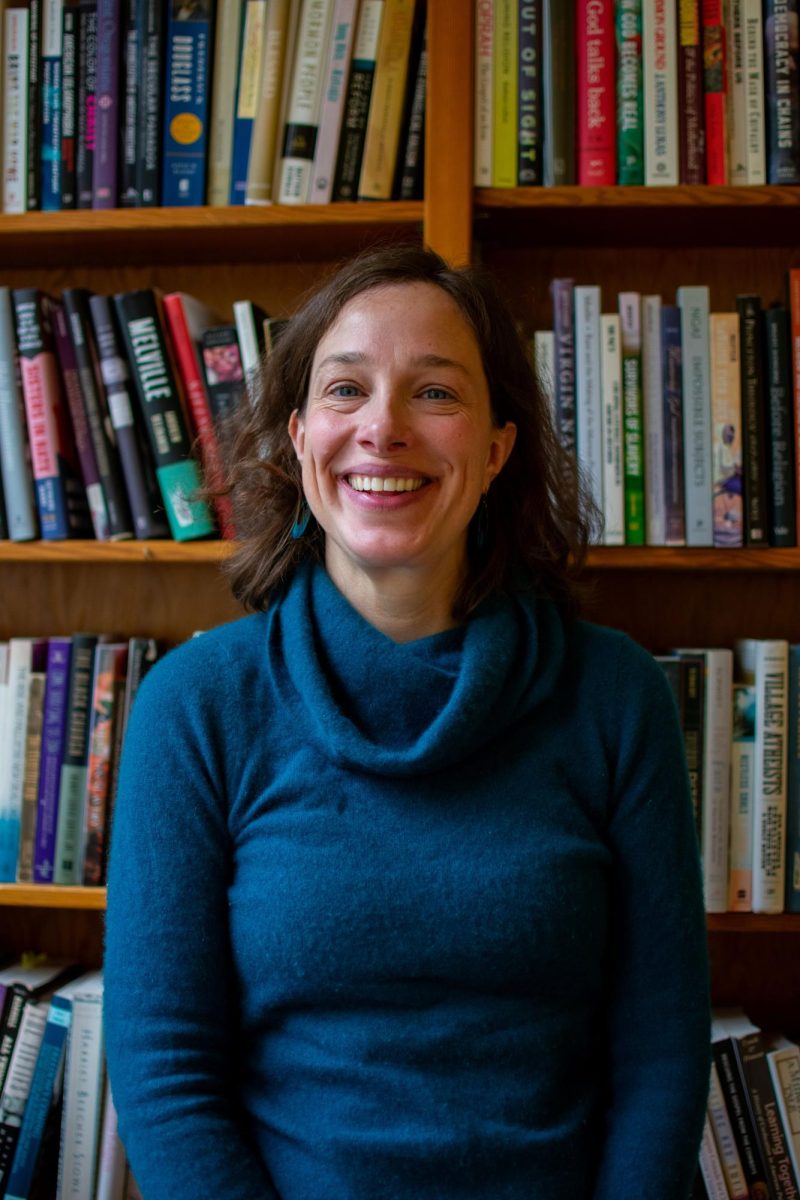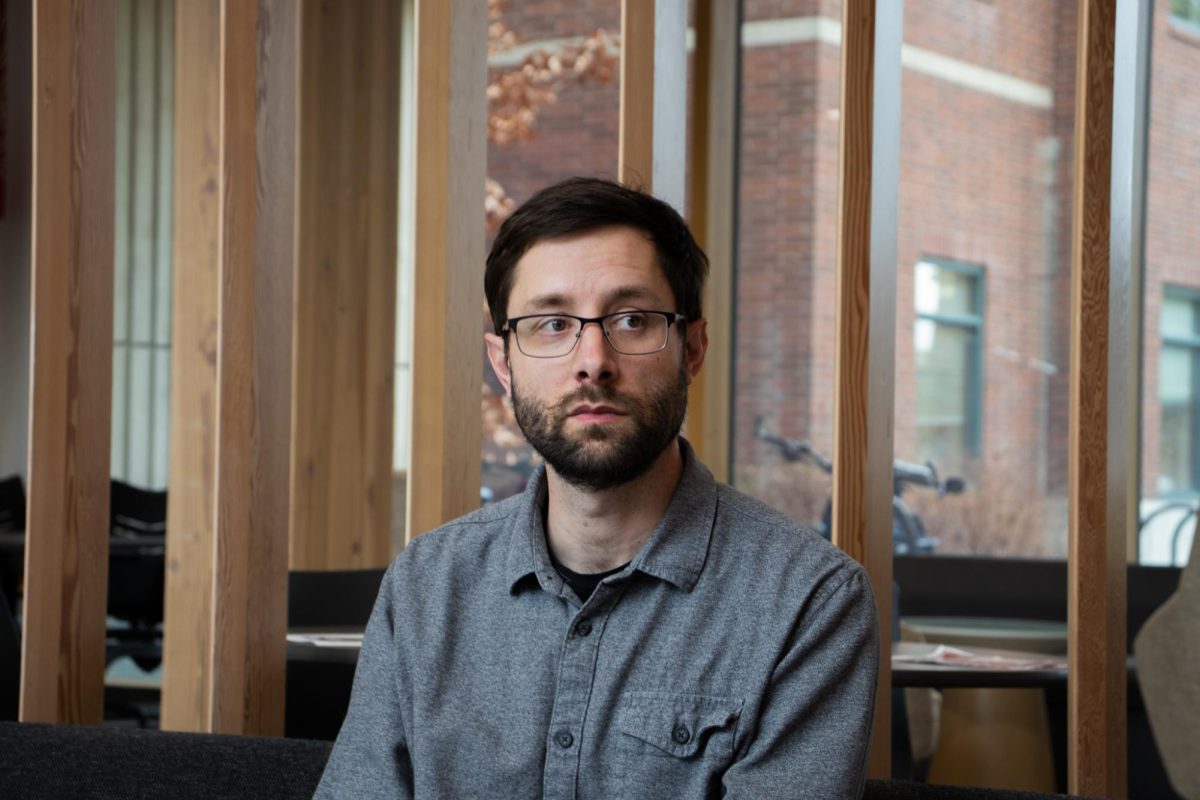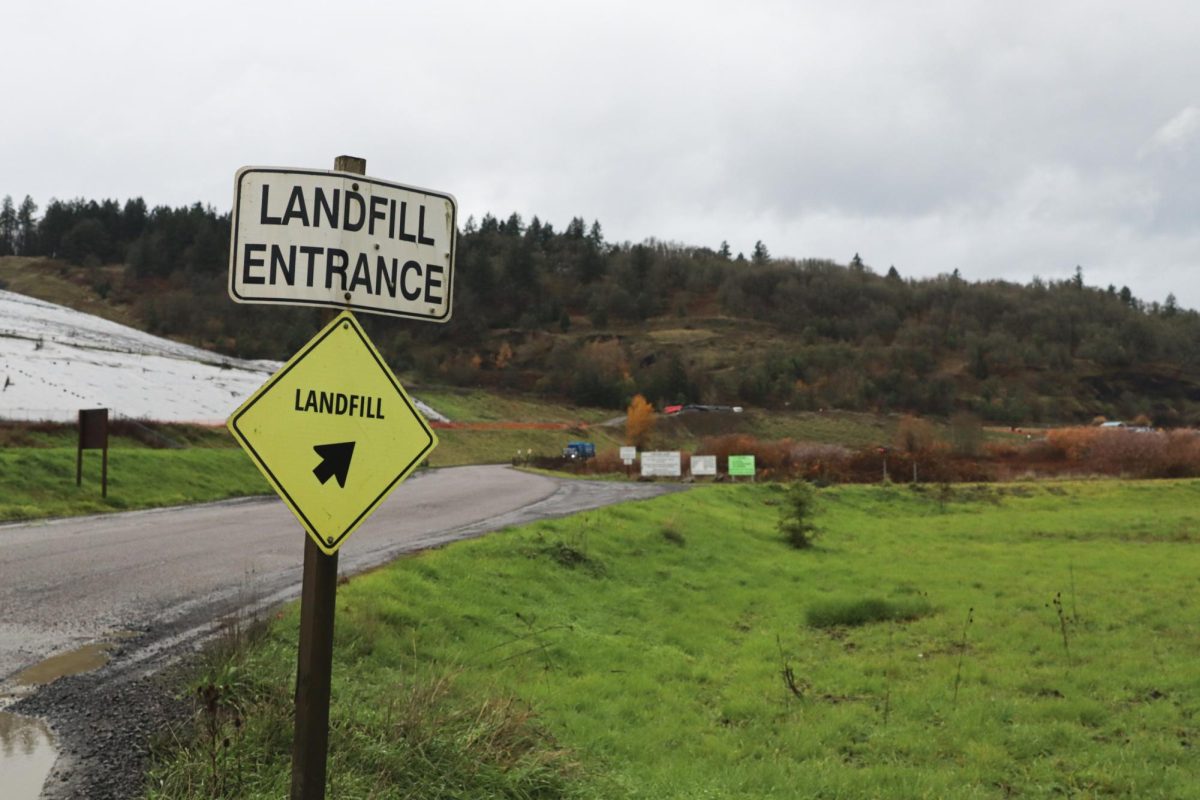Daarstad: OSU must shift forests’ focus from revenue, toward climate change research
January 27, 2020
Oregon State University should refocus the management and research of OSU’s several research forests to address the existential threat that climate change presents.
Last summer, about 16 acres of old-growth trees were cut down in the McDonald research forest for revenue. This included cutting down a 420-year-old tree that caught some media attention.
A forest memorial service was held for the tree in October 2019 and was said not to be political, but rather, a community coming together to show their sadness for losing such a tree.
After the cutting down of these 16 acres, Steve Cook, a professor in the College of Earth, Ocean, and Atmospheric Sciences at OSU decided to draft a letter to send to the president of OSU to show the need to shift the focus of these forests to carbon sequestration and storage, as well as ecological research.
Carbon sequestration is the long-term process of removing and storing atmospheric carbon dioxide through trees. Trees naturally capture and store carbon dioxide through their respiration process. Carbon sequestration uses this process to reduce atmospheric carbon, which is important with the current problems surrounding climate change.
“I thought, okay, this is a research forest, what can we do to suggest to move forward positively and OSU looking like a leader,” Cook said.
In the letter, Cook outlined the importance of focusing on different ways to utilize the forests, rather than using them for revenue.
The research forest belongs to Oregon State University, not just the College of Forestry, and needs to be managed by a multi-college
coordinating body.
With climate change on the horizon, conducting research about carbon sequestration is important because it will help provide knowledge for fighting climate change.
If the university focused on carbon sequestration and storage research in these forests, there would be a lot of opportunities for OSU to become a leader in sustainable forest management practices. There is a significant amount of research that needs to be done, regarding climate change and forests.
Understanding forests and their reactions to climate change is a critical issue for Oregon. There are some that say that by the year 2100, Douglas Firs will no longer be able to grow in Oregon due to warm or dry weather conditions in the summer months.
Andy Kurr, the head of The Larch Company, co-author of the letter with Cook, explained that it is important that OSU’s College of Forestry begins to develop more sustainable management practices in their research forests.
“The Industrial Paradigm doesn’t make sense in 2020,” Kurr said.
The industrial paradigm is the older forest management practices that focused on revenue. People need to see these forests as ecosystems rather than just revenue.
Kurr said the College of Forestry, has top-notch academics that are doing research on things such as carbon sequestration. These forests could potentially aid these researchers’ studies.
OSU’s College of Forestry could also potentially become the manager of the Elliot state forest. The proposed plan deals with older practices that Kurr said is wrapped up as research.
If the College of Forestry does acquire the Elliot state forest and conducts sustainable practices and research such as carbon registration, the college of forestry would be a force to be reckoned with.
“It’s a philosophical issue,” Cook said.
These forests are important, and by changing how OSU manages these forests, this university could be at the forefront of forest management and fighting climate change in the new decade.


























































































































